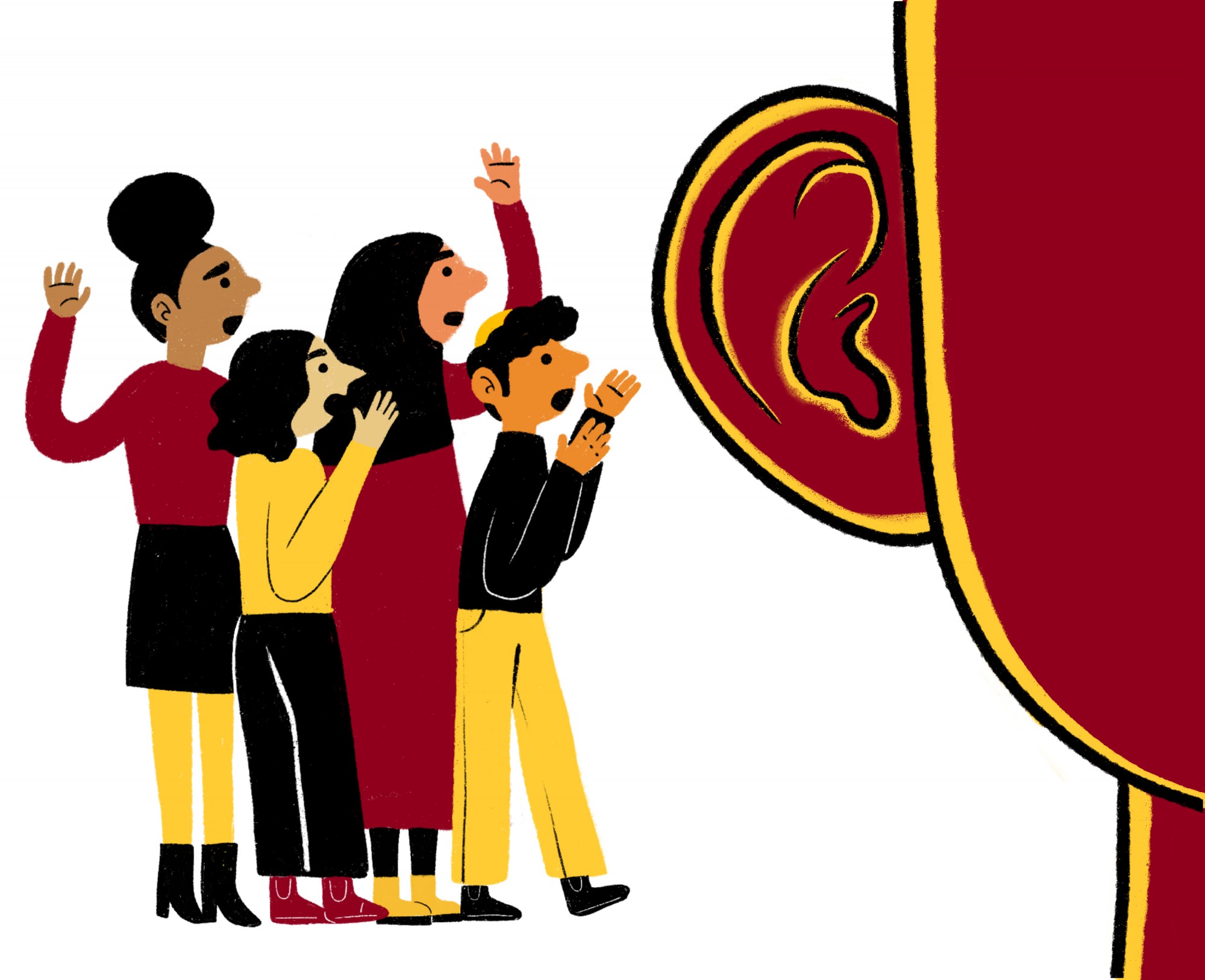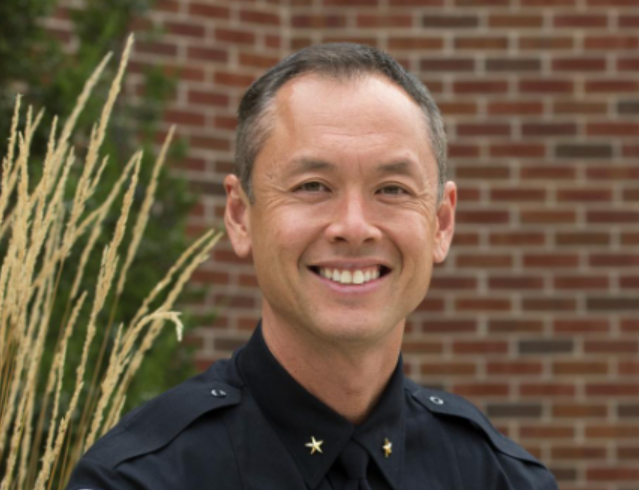Beginning in the fall semester of 2022, the University of Minnesota will expand its tuition waiver program for undergraduate Native American first-year or transfer students on all five campuses.
Students must be registered with one of the 11 federally recognized Minnesota Native American tribes to qualify for the program. Transfer students may qualify as long as they are transferring from a tribal community college.
The Native American Promise Tuition Program will provide scholarships covering full tuition costs for eligible students with a total family income under $75,000 as determined by the Free Application for Federal Student Aid (FAFSA). Students whose families earn up to $125,000 can qualify for reduced tuition.
Madison Gebeck, a fourth-year student and a member of Red Lake Nation, said she was excited about the program until she learned its parameters.
“I was super excited,” Gebeck said. “I was like, ‘Oh my God, this is such a great thing,’ and then I looked at the fine print. And I realized that although this was a good first step, it’s definitely a first step.”
Gebeck said she thinks the program eligibility should be expanded to include reciprocity states, such as Wisconsin and South Dakota, and Native descendants.
“I think the one thing that could definitely be done is, at Morris, you can be a descendant,” Gebeck said. “Which means you still have the piece of paper that says that you’re Native, but you don’t have the piece of paper that says that you’re enrolled.”
The Minnesota Indian Affairs Council requested that the University strengthen its relationship with Minnesota tribes in a June 26, 2020 resolution to “welcome a new era of relationship building and partnership with the University of Minnesota.”
One of the resolutions calls for the University to “establish a system-wide tuition waiver system for American Indian undergraduate and graduate students at each of its campuses rather than just the Morris campus,” which has had a free tuition waiver system for all its Native students since 1909.
The University of Minnesota Morris was originally a boarding school for Native American children called the Morris Industrial School for Native Americans, which opened in 1887, as one of the many boarding schools run by the US Bureau of Indian Affairs. The school was later transferred to the Minnesota government and became a public university in 1960.
Native children were forcibly separated from family, isolated from their community and culture, as well as abused in boarding schools in order to assimilate, according to the Sahan Journal.
“For 170 years, our University has focused attentively on the needs of all Minnesotans,” said President Joan Gabel in a Nov. 1 press release. “Today we are taking a positive step forward in addressing the needs of Indigenous peoples with a history that predates this state and institution.”
Austria Lewis, Gebeck’s sister, said she would have considered transferring to the University under the program, but is ineligible because she would be transferring from St. Cloud State University, a non-tribal college.
“I was looking forward to this opportunity as I was originally planning to attend the U, but changed my mind due to sports,” Lewis said. “I am only attending my current university for the dance team.”
Shannon Geshick, President of the Minnesota Indian Affairs Council and member of the Bois Forte Band of Chippewa, said she is concerned about the eligibility requirements and hopes the University will expand the program to include more students.
“[As Native Americans] We are graduating around 50% of high school students period, our high school graduation rates are extremely low,” Geshick said. “They [have] been among the lowest in the nation … we are only 1% of the population.”
Both Geshick and Gebeck said tribal membership can be difficult to obtain because of blood quantum — a controversial measurement of the amount of “Indian blood” which can determine tribal residency among other factors.
Expressed as a fraction, blood quantum was an effort by the federal government to limit tribal citizenship. Several tribes in Minnesota have a blood quantum requirement of one-fourth.
“Native identity isn’t necessarily defined by if you’re enrolled, or how much native you are” Gebeck said, “it’s not something anyone really talks about.”
University Tribal Relations Director Karen Diver said in an email that the University will have the opportunity to expand the program with “potential philanthropy and/or other appropriation.”
While subsequent steps have not been approved, accepting transfer students and covering other forms of attendance costs could be possibilities, according to Diver.
“I’ve been saying that it’s a good starting point, but not a good stopping point,” Geshick said. “I’m hoping that they’ll continue to widen the access for Native students.”



















